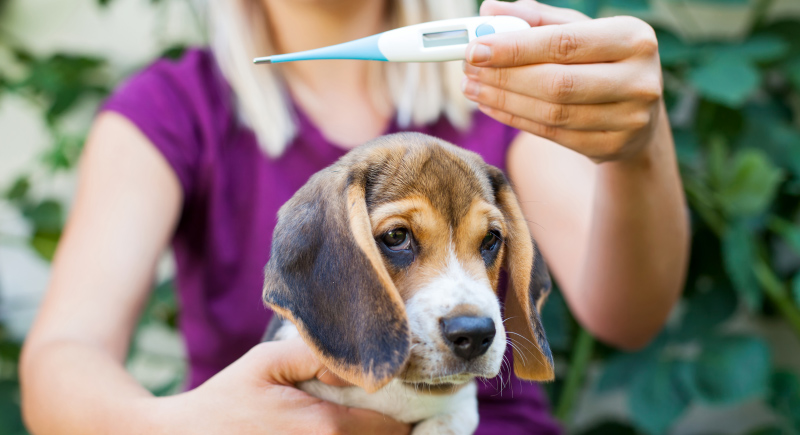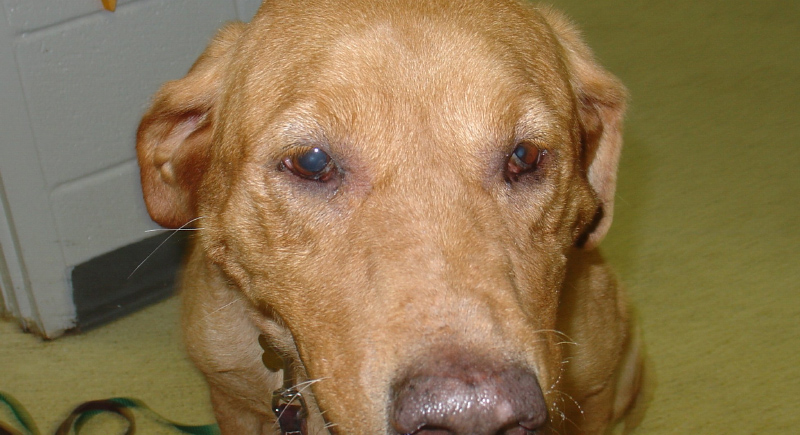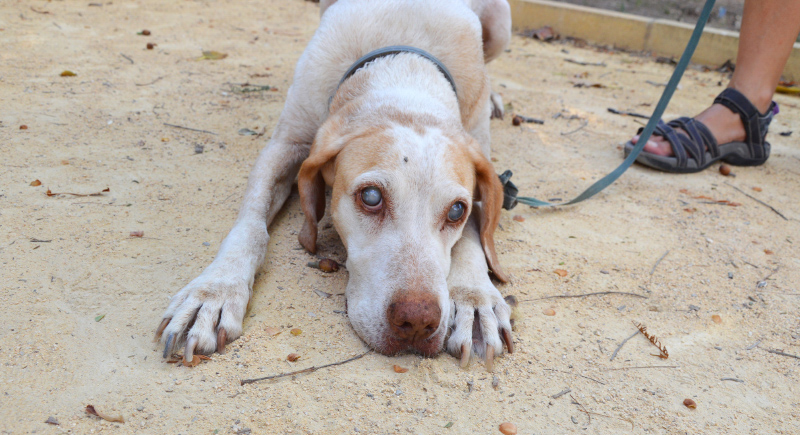10 Signs of Bird Flu in Dogs That You Shouldn’t Ignore
Bird flu in dogs may sound like something out of a sci-fi movie, but it’s very real. And not just that, it’s potentially deadly. Even though avian influenza (H5N1) is believed to affect only birds, recent cases have shown that dogs can also get infected, mainly by consuming affected, raw poultry.
Since bird flu is still relatively new in dogs, early detection is crucial. That’s why we bring you these top warning signs in your dogs that shouldn’t go unnoticed and act fast if they appear.
Fever

Credit: iStockphoto
Fever—even though associated with several other conditions—is also a sign of infection. Don’t take it lightly if your dog seems off and feels warmer than usual. Fever may also lead to shivering or acting sluggish. That’s your cue to call the vet before things get worse.
Lethargy

Credit: pexels
Lethargy is easier to detect in high-energy pups when they suddenly go all low and sad. It may be a sign that something’s really wrong, especially if it happens for hours or, worse, days. A sudden drop in energy could mean their body is fighting an infection.
Loss of Appetite

Credit: pexels
A healthy dog would never skip food. These creatures live for mealtime and would only refuse food and treats if they’re seriously sick. A loss of appetite is a clear sign that their immune system is in overdrive. See the vet right away, as early detection can make all the difference.
Red or Inflamed Eyes

Credit: Wikimedia Commons
If your dog has watery or irritated eyes, maybe it is more than just allergies. Bird flu can cause eye infections that won’t go away on their own. Check if your dog’s eyes look inflamed or have discharge. Eye problems can be an early warning sign.
Runny Nose

Credit: pexels
A constantly drippy nose is cute—until it’s not. Nasal discharge isn’t just a human thing. And if your dog has a clear or cloudy nasal discharge that won’t stop, it could mean their respiratory system is struggling.
Coughing

Credit: iStockphoto
A nagging cough—it doesn’t matter if it’s dry or phlegmy—is never normal for dogs. Bird flu can attack the lungs and lead to persistent coughing that won’t go away. Respiratory symptoms can get serious really fast.
Difficulty Breathing

Credit: pexels
If your pup hasn’t been exercising but is still having episodes of heavy panting or shallow breathing, you might want to take him to his vet. Labored breathing could mean lung inflammation or fluid buildup.
Behavioral Changes

Credit: pexels
Behavioral changes are easy to detect in dogs. These normally happy-go-lucky canines wouldn’t avoid people or seem disoriented on their own. If they’re anything but themselves, it’s a sign they’re struggling with an underlying health problem, which could be bird flu.
Muscle Tremors

Credit: iStockphoto
Muscle tremors can be an early warning sign that the avian influenza virus is affecting the nervous system. H5N1 has been known to invade the central nervous system (CNS) in infected animals, which has led to involuntary muscle movements, twitching, or even full-body tremors.
Seizures

Credit: Reddit
Seizures in dogs are terrifying to witness. If your dog suddenly convulses or collapses, get help immediately. In severe cases, bird flu can attack the brain and can cause neurological damage. This isn’t a wait-and-see situation because the more you delay, the worse it can get.
Incoordination

Credit: iStockphoto
If your dog stumbles, drags its paws or seems uncoordinated, consider it a major red flag. Since bird flu can also cause brain inflammation, the loss of balance can be a major symptom.
Sudden Blindness

Credit: iStockphoto
Sudden blindness is rare but serious. Is your dog bumping into walls? Hesitant on familiar paths? Bird flu could be attacking its nervous system. Fast action could save its sight.